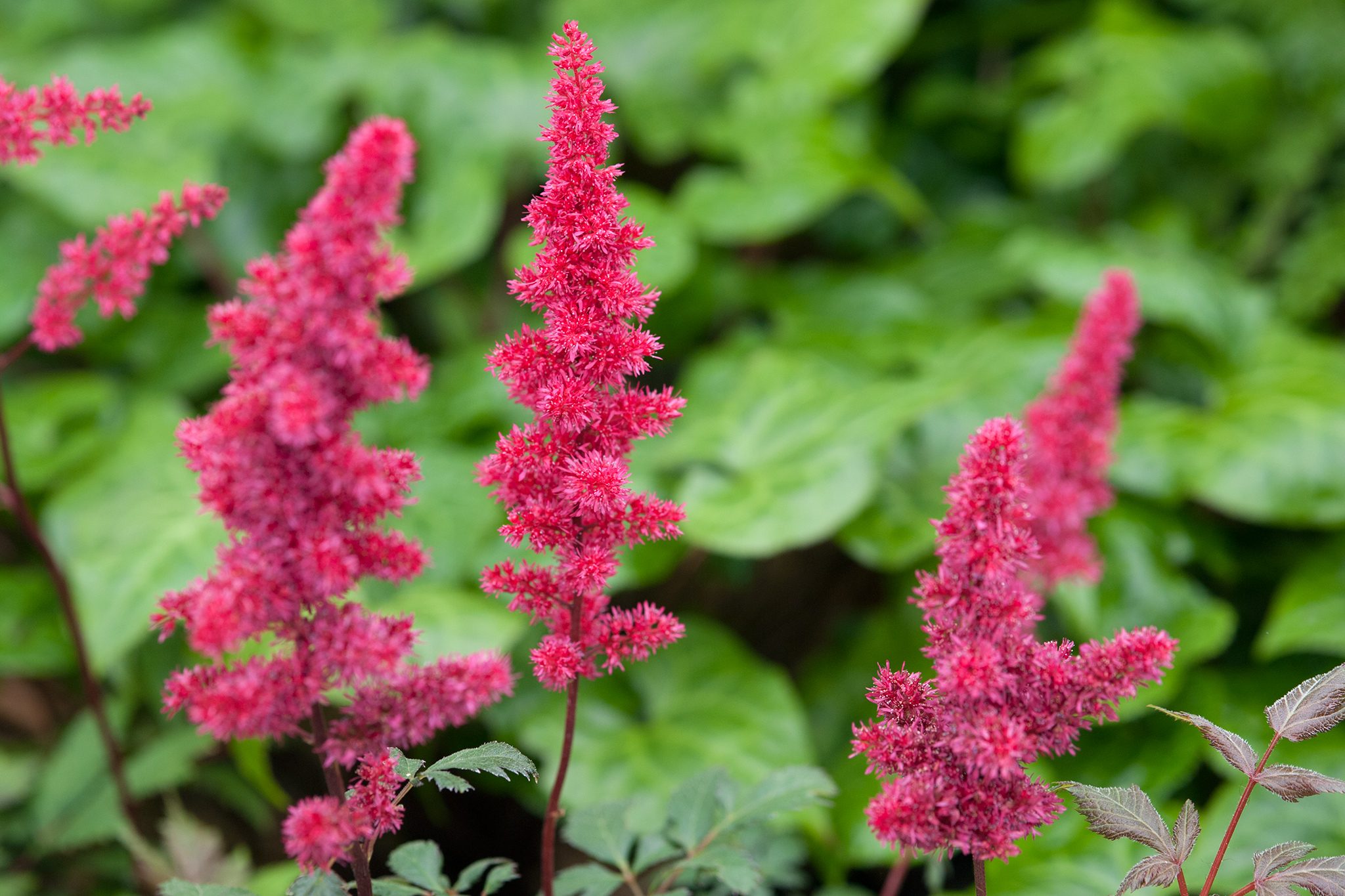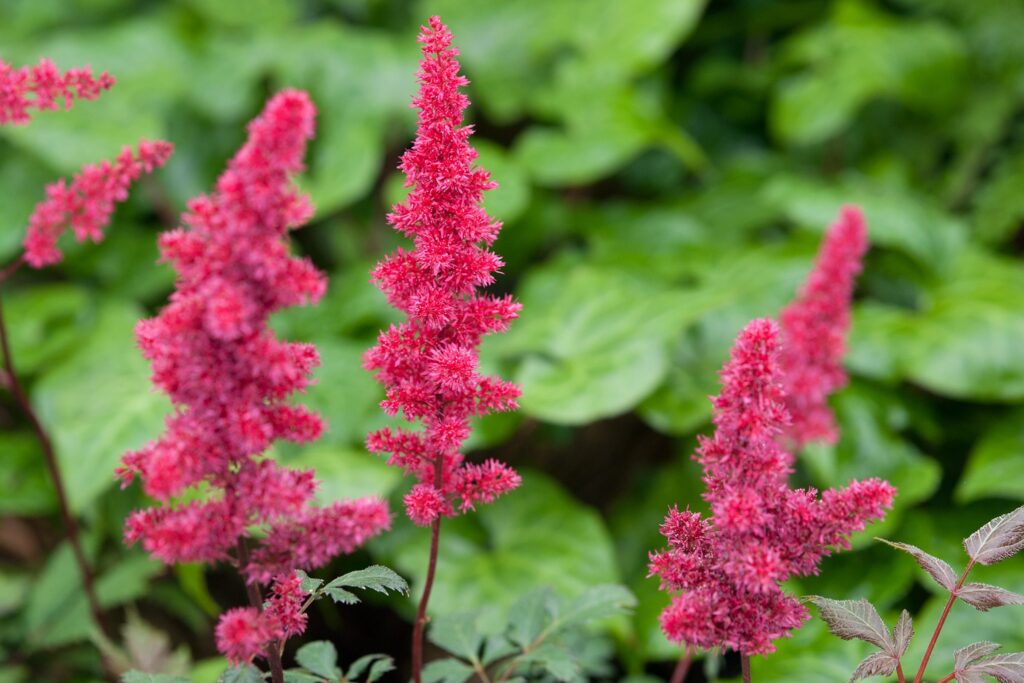Are Astilbe Plants Poisonous to Dogs? Safety Tips & Risks Explained
Introduction:
As pet owners, it’s natural to want our furry friends to be safe and healthy. One concern that many people have is whether the plants in their garden or home are safe for their pets, especially dogs who tend to explore everything by sniffing or chewing. Astilbe is a beautiful flowering plant known for its delicate, feathery blooms and vibrant colors. However, many pet owners are concerned about whether this lovely plant is poisonous to dogs.
In this article, we will explore whether astilbe is toxic to dogs, how to keep your dog safe, and other important considerations. We’ll also answer some frequently asked questions and offer helpful tips to ensure your dog stays safe around plants.
Understanding Are astilbe poisonous to dogs:
What is Astilbe?
Astilbe, also known as false spirea, is a perennial plant that is popular in gardens due to its attractive flowers, which come in various colors like pink, red, and white. The plant is generally low-maintenance and thrives in shaded areas with moist soil. Astilbe plants are often used in garden borders or as ground cover because of their bright, feathery blossoms that add color and texture to the landscape:

Astilbe plants can grow in clumps, reaching about 1-3 feet in height depending on the variety. While they are easy to grow and visually appealing, it’s important to ensure that they do not pose a risk to your pets.
Are Astilbe Poisonous to Dogs?
No, Astilbe is Not Poisonous to Dogs.
Astilbe is considered non-toxic to dogs, meaning that it does not contain harmful chemicals or substances that would cause serious health issues if ingested by your dog. According to the American Society for the Prevention of Cruelty to Animals (ASPCA), astilbe is safe for dogs and other pets.
While it is always a good idea to discourage dogs from chewing on plants (as some plants may be non-toxic but can still cause digestive issues), astilbe is not harmful to your dog if consumed in small quantities.
Potential Risks of Astilbe for Dogs
Even though astilbe is not toxic to dogs, there are still some risks involved if your dog eats it. Let’s take a closer look at these potential risks:

1. Digestive Upset
If your dog consumes a large quantity of astilbe, it may experience mild digestive upset. Symptoms may include:
- Vomiting
- Diarrhea
- Drooling
While this is not life-threatening, it’s always a good idea to keep an eye on your dog if it has eaten a large amount of any plant material.
2. Choking Hazard
Astilbe plants have long, feathery blooms that may pose a choking hazard to dogs if they try to chew or swallow large pieces of the plant. Small or young dogs are especially at risk, as they are more likely to chew on unfamiliar plants.
How to Prevent Your Dog from Eating Astilbe
Although astilbe is not toxic to dogs, it’s still important to ensure that your dog does not eat large amounts of the plant. Here are some steps you can take to prevent your dog from nibbling on astilbe:

1. Create a Fenced Area
One of the most effective ways to protect your dog from eating plants is to create a designated area where your dog can roam freely without having access to the garden. You can use a simple garden fence to keep your dog away from the plants.
2. Train Your Dog
Training your dog not to chew on plants can be an effective solution. Positive reinforcement methods such as offering treats and praise when your dog ignores plants can help reinforce good behavior.
3. Use Pet-Repellent Sprays
There are sprays available in pet stores that can be applied to plants to discourage dogs from chewing on them. These sprays have a bitter taste that is unpleasant to dogs but harmless to them.
4. Provide Chew Toys
Sometimes, dogs chew on plants out of boredom or the need to chew on something. Providing them with engaging chew toys can distract them and reduce the likelihood of them chewing on your astilbe or other plants.
5. Keep Plants Indoors
If you grow astilbe in pots, keep them indoors or place them in areas where your dog cannot easily reach them. This can help ensure that your dog does not nibble on them.

Comparison of Astilbe with Other Common Garden Plants
Although astilbe is safe for dogs, many plants in the garden can be toxic. Below is a comparison table of some common garden plants and whether they are poisonous to dogs:
| Plant Name | Toxic to Dogs? | Potential Effects if Ingested |
|---|---|---|
| Astilbe | No | None (may cause mild digestive upset if consumed in large amounts) |
| Lilies | Yes | Vomiting, kidney failure, death |
| Azaleas | Yes | Vomiting, diarrhea, lethargy |
| Daffodils | Yes | Vomiting, diarrhea, heart arrhythmias |
| Tulips | Yes | Vomiting, drooling, lethargy |
| Sunflowers | No | Safe for dogs (mild stomach upset in rare cases) |
| Roses | No | Safe for dogs (some dogs may experience mild stomach upset) |
As shown in the table above, astilbe is one of the safer plants for dogs compared to others such as lilies or azaleas, which can cause serious health issues if ingested.
Frequently Asked Questions (FAQs)
1. What should I do if my dog eats astilbe?
If your dog eats a small amount of astilbe, there’s no need to panic, as it is not toxic to dogs. However, if your dog exhibits signs of digestive upset, such as vomiting or diarrhea, monitor their condition and contact your veterinarian for advice.
2. Can I use astilbe in my garden if I have dogs?
Yes, you can grow astilbe in your garden if you have dogs. Just make sure to monitor your dog to ensure it does not chew on the plants. If you notice your dog chewing on plants, try some of the prevention methods mentioned earlier.
3. Are there any plants I should avoid if I have a dog?
Yes, there are many plants that are toxic to dogs, such as lilies, azaleas, and daffodils. Always research a plant’s safety before planting it in your garden. If in doubt, consult with a veterinarian.
4. Are there any symptoms of poisoning to look out for in dogs?
Symptoms of poisoning in dogs can include vomiting, diarrhea, drooling, lethargy, difficulty breathing, or seizures. If you suspect your dog has ingested a toxic plant, contact a veterinarian immediately.

Conclusion
Astilbe is a beautiful, non-toxic plant that is safe for dogs. While it may not pose any serious health risks, it’s still a good idea to discourage your dog from chewing on it, as large amounts could lead to mild digestive upset. By taking some simple precautions, such as fencing off your garden or training your dog, you can ensure your dog stays safe around your astilbe plants.
In the grand scheme of garden safety, it’s always important to research each plant’s potential impact on your pets and take necessary steps to protect them. With a little care and attention, both your dog and your garden can thrive together!

